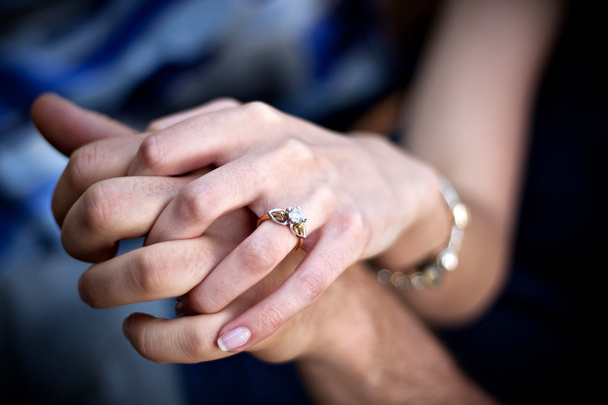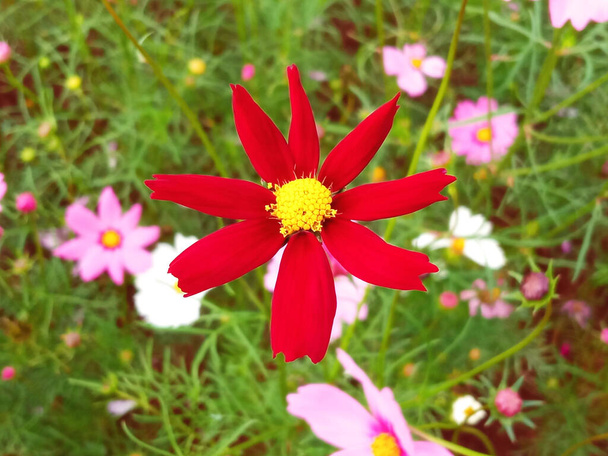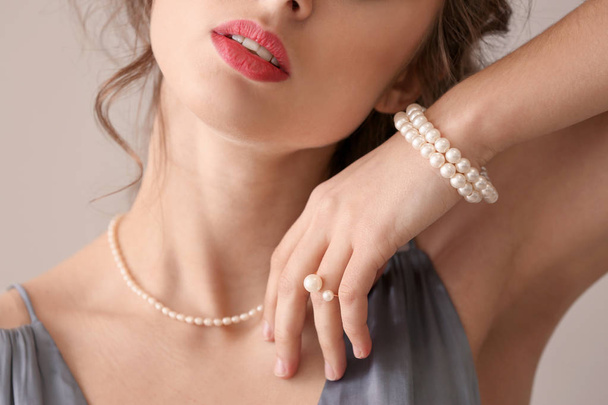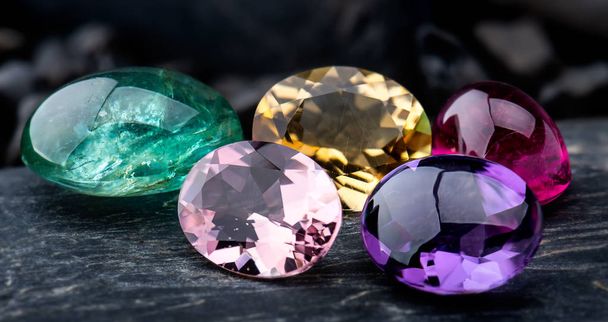Introduction
Mood rings have fascinated people for decades, offering a unique insight into their emotional state through the changing colors and beauty of the ring. Among the spectrum of colors, orange holds a special significance. In this essay, we delve into the meaning and symbolism of orange in mood rings, exploring its psychological impact, cultural interpretations, and emotional reflections.
The Concept of Mood Rings
Mood rings gained popularity of lifestyle in the 1970s, utilizing a thermochromic element to change colors based on the wearer’s body temperature. The concept revolves around the idea that different emotions correspond to varying body temperatures, thereby causing the stone in the ring to change colors accordingly.

Psychological Impact of Colors
Colors have a profound psychological impact on human emotions and behavior. Orange, in particular, is associated with warmth, energy, and vitality. It stimulates feelings of enthusiasm, creativity, and excitement while also evoking a sense of comfort and security.
Color Theory:
Provide an overview of color theory, including concepts such as the color wheel, primary, secondary, and tertiary colors, and color harmony. Explain how these principles serve as the foundation for understanding the psychological effects of colors.
Emotional Associations:
Explore the emotional associations commonly attributed to specific colors. For example, red may evoke feelings of passion, energy, or danger, while blue is often associated with calmness, trust, and stability. Discuss how these associations are shaped by cultural, social, and personal factors.
Biological Responses:
Examine the biological and physiological responses triggered by different colors. Discuss research findings that suggest certain colors can stimulate the release of neurotransmitters and hormones, affecting mood, arousal levels, and even physical sensations such as appetite and pain perception.
Color Preferences:
Investigate individual and collective color preferences and their underlying psychological mechanisms. Explore factors such as age, gender, cultural background, and personal experiences that influence why people gravitate towards certain colors and avoid others.
Color Symbolism:
Analyze the symbolic meanings attached to colors across various cultures, religions, and historical periods. Explore how colors are used in art, literature, and rituals to convey abstract concepts, emotions, and societal values, shaping collective perceptions and identities.
Understanding the significance of orange in mood rings offers valuable insights into the complex interplay between color symbolism, emotional states, and personal experiences. Here’s a comprehensive exploration of the significance of orange in mood rings:
The Significance of Orange in Mood Rings
Orange in mood rings represents a range of emotions, including joy, passion, and optimism. Its presence signifies a heightened state of emotions, often associated with enthusiasm, creativity, and a zest for life. Conversely, a lack of orange may indicate feelings of lethargy, apathy, or emotional stagnation.
Color Psychology Basics:
Begin by introducing the basics of color psychology, emphasizing how different colors can evoke distinct emotional responses and moods. Orange, as a vibrant and warm hue, is associated with various positive emotions such as enthusiasm, creativity, and vitality.
Emotional Associations of Orange:
Explore the emotional associations commonly attributed to the color orange. These may include feelings of joy, excitement, passion, and energy. Orange is often seen as a color that stimulates creativity and encourages social interaction, making it a symbol of optimism and warmth.
Thermochromic Properties:
Explain the thermochromic properties of mood rings, which allow them to change color in response to fluctuations in body temperature. When the wearer experiences changes in emotional states, such as heightened excitement or stress, their body temperature may subtly shift, causing the mood ring to reflect these changes through variations in color.
Representation in Mood Rings:
Discuss how orange is represented in mood rings and what it signifies when it appears prominently in the color spectrum. A dominant orange hue may indicate that the wearer is experiencing heightened emotions associated with enthusiasm, creativity, and positivity.
Joy and Optimism:
Emphasize how orange in mood rings symbolizes joy and optimism. It suggests that the wearer is feeling upbeat and optimistic about their current circumstances or interactions. This could be a reflection of positive experiences, exciting opportunities, or a general sense of well-being.
Creativity and Passion:
Highlight how orange in mood rings is often associated with creativity and passion. It signifies a burst of energy and inspiration, driving the wearer to pursue their artistic endeavors or express their emotions with fervor. It may also represent a strong sense of determination and ambition.
Cultural and Symbolic Interpretations of Orange
Across various cultures, orange holds diverse symbolic meanings. In Western cultures, it is associated with Halloween, harvest festivals, and autumnal themes, symbolizing abundance, warmth, and the changing seasons. In Eastern cultures, particularly Hinduism and Buddhism, orange represents spirituality, enlightenment, and the sacred saffron color worn by monks.
How Orange Reflects Emotions in Mood Rings
Exploring how orange reflects emotions in mood rings provides insight into the intricate relationship between color psychology and emotional states. Here are some key points to consider when discussing this topic:
Symbolism of Orange:
Begin by discussing the symbolic meanings associated with the color orange. Orange is often linked to warmth, energy, enthusiasm, and creativity. It represents vitality, excitement, and optimism, evoking feelings of joy and passion.
Interpretation in Mood Rings:
Explain how mood rings utilize thermochromic materials that change color in response to fluctuations in body temperature. When the wearer experiences emotional changes, such as excitement or stress, their body temperature may subtly shift, causing the mood ring to reflect these changes through variations in color.
Presence of Orange:
When the color orange dominates the spectrum of a mood ring, it indicates that the wearer is experiencing heightened emotions associated with enthusiasm, creativity, and energy. This may suggest a state of excitement, passion, or positivity about their current circumstances or interactions.
Emotional States Represented by Orange:
Discuss the specific emotional states that orange may reflect in mood rings. For example, a vibrant orange hue might signify feelings of joy, inspiration, and motivation, while a softer orange tone could indicate a sense of warmth, comfort, and contentment.
Absence or Minimal Orange:
Conversely, the absence or minimal presence of orange in a mood ring reading may suggest a lack of enthusiasm, creativity, or emotional vitality. It could indicate feelings of boredom, indifference, or emotional detachment from the surrounding environment.
Individual Variation:
Acknowledge that interpretations of mood ring colors, including orange, can vary among individuals based on personal experiences, cultural influences, and psychological factors. What orange represents to one person may differ from its meaning to another, highlighting the subjective nature of emotional expression and interpretation.
Reflection and Self-Awareness:
Encourage reflection on the significance of orange in mood rings as a tool for self-awareness and emotional introspection. By paying attention to color shifts in their mood ring, wearers can become more attuned to their emotional states and gain insights into patterns of behavior and mood fluctuations over time.
Conclusion
In conclusion, orange in mood rings serves as a powerful indicator of emotional states, reflecting a spectrum of feelings from joy and excitement to apathy and lethargy. Understanding the symbolism and significance of orange enriches our interpretation of mood ring readings, providing valuable insights into our emotional well-being. As we continue to explore the intricacies of human emotions, the enduring allure of mood rings persists, offering a glimpse into the complex tapestry of our inner world.










